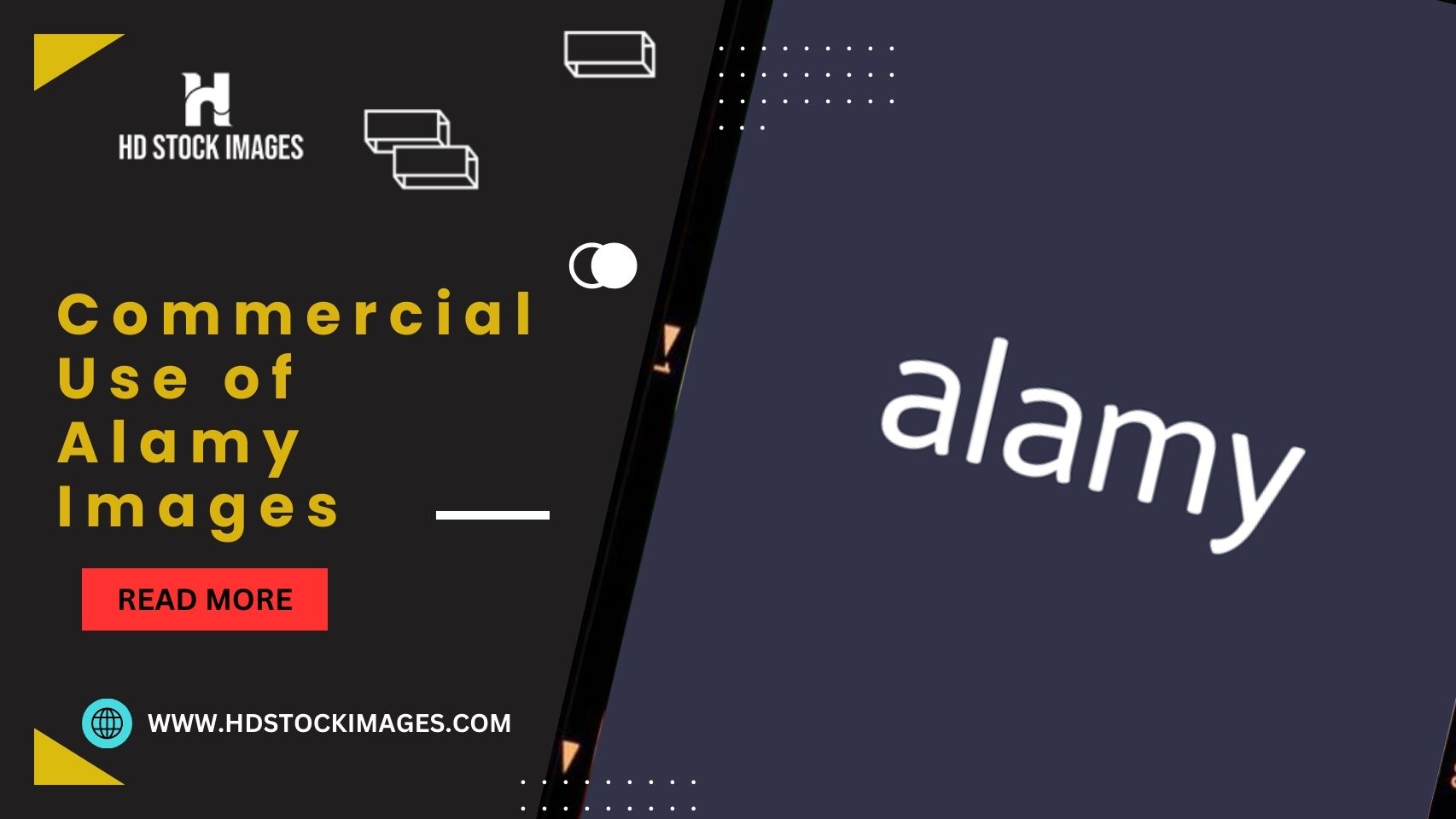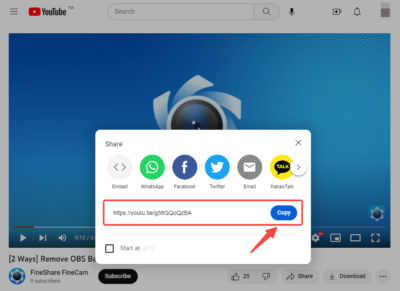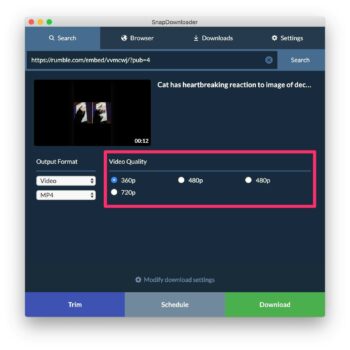1. Introduction:
When it comes to using Alamy images for commercial purposes, it is essential to have a clear understanding of licensing and usage permissions. Alamy is a reputable stock photography agency that offers a vast collection of images for various commercial uses. However, to ensure legal and ethical compliance, it is crucial to comprehend the specific licensing options and permissions associated with Alamy images.
This guide aims to provide an overview of the commercial use of Alamy images and shed light on the licensing and usage permissions involved. It will delve into the different types of licenses available, such as royalty-free, extended, and exclusive licenses, and explain their respective permissions and limitations. Additionally, it will cover important aspects like permitted and prohibited uses, the distinction between editorial and commercial use, and the duration and renewal options of licenses.
Also Read This: Why Are Alamy Images So Expensive? Factors Affecting Pricing and Value
2. Types of Licenses for Commercial Use:

There are several types of licenses available for commercial use of copyrighted materials, including images. The specific licenses and their terms may vary depending on the source or platform from which you obtain the images.
1. Royalty-Free (RF) License:
A royalty-free license grants you the right to use an image for a wide range of purposes without paying royalties or additional fees beyond the initial purchase. RF licenses often allow you to use the image in multiple projects, both personal and commercial, without limitations on time, geographic location, or media type. However, there may still be some restrictions, such as limitations on usage in specific industries or sensitive subjects. RF licenses typically involve a one-time payment based on the image size or resolution.
2. Rights-Managed (RM) License:
A rights-managed license grants you the right to use an image for a specific purpose or project based on negotiated terms and conditions. RM licenses provide more control over the usage of an image, specifying factors such as duration, region, and media type. They often come with restrictions on the number of copies, audience size, or specific usage requirements. Exclusivity may also be negotiated. RM licenses are priced based on various factors, including the specific usage requirements, duration, and exclusivity.
3. Editorial License:
An editorial license allows you to use an image for newsworthy or informational purposes, primarily in editorial contexts. Editorial licenses are generally limited to non-commercial use, such as in newspapers, magazines, blogs, or educational materials. They typically restrict the use of images for advertising, endorsements, or promotional purposes. Pricing for editorial licenses may vary based on factors like the circulation size or readership of the publication.
4. Creative Commons (CC) License:
Creative Commons licenses provide a range of permissions for sharing and using creative works, including images. Depending on the specific Creative Commons license, you may have the right to use, modify, distribute, or display the image for commercial purposes. Some Creative Commons licenses may require attribution, prohibit derivative works, or have other limitations that vary based on the license type. Creative Commons licenses are often available at no cost, but it's essential to review the specific terms and conditions of each license.
Also Read This: Is Alamy Images Safe? Ensuring Trust and Legitimacy in Your Stock Photography
3. Understanding Usage Permissions and Restrictions:
Understanding the usage permissions and restrictions associated with image licenses is crucial when using images for commercial purposes. There are different types of licenses available, each with its own set of rules and limitations.
Royalty-Free (RF) licenses provide flexibility for usage without additional royalties. They generally allow for broad usage in both personal and commercial projects, with few restrictions on time, location, or media type. However, some RF licenses may still have limitations, such as restrictions on sensitive subjects or usage in specific industries.
Rights-Managed (RM) licenses offer more specific and controlled usage permissions. They outline the terms and conditions for using an image, including the purpose, duration, region, and media type. RM licenses often come with restrictions on the number of copies, audience size, or exclusivity requirements. The pricing for RM licenses is typically based on factors such as the specific usage requirements, duration, and exclusivity.
Editorial licenses are designed for images used in newsworthy or informational contexts. They are usually limited to non-commercial use, allowing images to be used in newspapers, magazines, blogs, or educational materials. However, editorial licenses generally prohibit using images for advertising, endorsements, or promotional purposes. The pricing for editorial licenses may vary based on factors such as the circulation size or readership of the publication.
Creative Commons (CC) licenses offer a range of permissions for sharing and using creative works, including images. The specific permissions and restrictions depend on the type of CC license. Some CC licenses allow for commercial use, while others may require attribution, prohibit derivative works, or limit usage in certain contexts. CC licenses are often available at no cost, promoting open sharing and collaboration.
Also Read This: Best Tool for Easy Thumbnails Download
4. License Duration and Renewal:
License duration and renewal are important considerations when using images for commercial purposes. The duration of a license and the need for renewal can vary depending on the license type.
For Royalty-Free (RF) licenses, the usage rights are typically granted perpetually. This means that once you acquire an RF license, you can use the image indefinitely without the need for renewal.
On the other hand, Rights-Managed (RM) licenses have a specific duration outlined in the license agreement. The duration can vary and is typically negotiated between the licensee and the licensor. If you wish to continue using the image beyond the initial license period, you will need to renew the license by negotiating new terms and potentially paying additional fees.
Editorial licenses also have a defined duration, usually aligned with the intended use of the image in the publication. If you plan to continue using the image beyond the original license period, you may need to contact the licensor or image provider to discuss renewal options.
Creative Commons (CC) licenses, depending on the specific license type, are typically granted for the duration of the copyright or for a specified period. CC licenses generally do not require renewal, as they are designed to promote open sharing and collaboration.
To ensure compliance and uninterrupted usage rights, it's important to review the specific terms and conditions of the license agreement regarding duration and any requirements for renewal. If renewal is necessary, it is advisable to initiate the process in a timely manner to maintain proper licensing and adherence to the license terms.
Find alternative inspiration and own the creative process.
Alamy is a community of diverse creatives from every country in the world uploading over 150,000 fresh visuals every day.
Discover more: https://t.co/gqUR05asvA#winter #snow #creative pic.twitter.com/MVsNRakayr
— Alamy (@alamy) December 27, 2022
Also Read This: Freebie Frenzy: How to Get Free Items on AliExpress
5. Attribution and Copyright Considerations:
Attribution and copyright considerations are crucial when using images for commercial purposes.
1. Attribution:
Proper attribution involves giving credit to the original creator or copyright holder of the image.
Many licenses, such as Creative Commons licenses, require attribution as a condition of use.
Attribution typically includes mentioning the creator's name, the title of the image, and providing a link to the original source.
It is important to review the specific attribution requirements outlined in the license agreement and ensure that proper attribution is provided wherever necessary.
2. Copyright:
Copyright grants exclusive rights to the creator or owner of an original work, including images.
Respecting copyright means obtaining proper licenses and permissions before using images for commercial purposes.
Different license types have varying copyright terms and restrictions, so it is crucial to understand the specific permissions granted by the license and comply with any limitations on modifications, reproductions, or distribution.
Infringing upon copyright can lead to legal consequences, such as monetary damages and injunctions.
3. Public Domain and Creative Commons Zero (CC0):
Public domain images are not protected by copyright and can be used freely without obtaining a license.
Creative Commons Zero (CC0) is a license option where the creator waives all rights to the image, allowing it to be used without restrictions.
Although not legally required, it is still advisable to provide proper attribution for public domain or CC0 images to acknowledge the original creator.
4. Fair Use:
Fair use is a legal principle that allows for limited use of copyrighted material without permission from the copyright holder.
Fair use is typically applicable for purposes such as criticism, commentary, news reporting, or educational use.
Determining fair use can be complex, involving considerations such as the purpose and character of the use, the nature of the copyrighted work, the amount used, and the effect on the market for the original work.
If you have questions about fair use and whether it applies to your specific use case, seeking legal advice is advisable.
By understanding the importance of attribution, respecting copyright, and obtaining proper licenses, you can ensure compliance with legal obligations, uphold the rights of creators, and mitigate potential legal issues related to image usage for commercial purposes.
Also Read This: Navigating Model and Property Releases on Shutterstock: Ensuring Legal Compliance
6. Seeking Legal Advice and Clearance:
Seeking legal advice and clearance is a critical step when using images for commercial purposes.
1. Importance of Legal Advice:
Obtaining legal advice helps ensure compliance with copyright laws, licensing requirements, and other relevant regulations.
Consulting an attorney or legal professional who specializes in intellectual property can provide valuable guidance tailored to your specific situation.
2. Copyright Clearance:
Copyright clearance involves obtaining permission from the copyright holder to use their images in your commercial projects.
This step is crucial when the image you want to use is not available under a license that permits your intended commercial use.
To obtain copyright clearance, you may need to contact the copyright holder directly or work through an image licensing agency, negotiate terms, and potentially pay a licensing fee.
3. Fair Use Evaluation:
If you believe your use of an image falls within the realm of fair use, seeking legal advice can help evaluate the viability of this argument.
An attorney can assess the specific factors of fair use, such as the purpose, nature, amount, and effect of your use, and provide informed guidance on the likelihood of a fair use defense.
4. International Considerations:
Copyright laws vary across different countries, so seeking legal advice is particularly important when dealing with international image usage.
Consulting a legal professional familiar with international copyright law can help navigate the complexities and ensure compliance with relevant regulations.
5. Risk Mitigation:
Seeking legal advice and clearance mitigates the risk of copyright infringement claims, which can result in costly litigation and damages.
By obtaining proper legal clearance, you can use images for commercial purposes confidently, knowing that you are adhering to the law and protecting your business interests.
It is essential to note that the information provided here is for general guidance purposes and should not replace professional legal advice. Consulting an attorney or legal expert is crucial to receive accurate and tailored guidance based on your specific circumstances and jurisdiction.
Also Read This: Can I Hide a Project in Behance? Everything You Need to Know
FAQ:
1. What are the copyright restrictions on Alamy images?
All Alamy images are copyrighted and owned by Alamy or its contributors. You must have a valid license to use Alamy images for commercial purposes.
2. What are the different types of licenses available for Alamy images?
Alamy offers a variety of licenses for its images, including:
- Standard license: This license allows you to use the image for personal and commercial purposes.
- Extended license: This license allows you to use the image for more extensive commercial purposes, such as advertising and marketing.
- Royalty-free license: This license allows you to use the image for any purpose without paying royalties.
3. What are the factors to consider when choosing a license for Alamy images?
The factors to consider when choosing a license for Alamy images include:
- Your intended use for the image: Are you using the image for personal or commercial purposes?
- The type of product you are selling: Some licenses may not be suitable for certain types of products.
- Your budget: The cost of the license will vary depending on the type of license and the duration of the license.
4. How do I find the right license for my needs?
The best way to find the right license for your needs is to contact Alamy and discuss your specific requirements. Alamy will be able to help you choose the license that is right for you.
5. How do I add Alamy images to my website?
You can add Alamy images to your website by following these steps:
Find the image you want to use: You can search for images on the Alamy website or use the Alamy API.
Purchase a license for the image: You will need to purchase a license for the image before you can use it on your website.
Download the image: Once you have purchased a license, you can download the image from the Alamy website.
Add the image to your website: You can add the image to your website using the HTML code provided by Alamy.
Conclusion:
In conclusion, understanding licensing and usage permissions is crucial when utilizing images from platforms like Alamy for commercial purposes. It is important to familiarize yourself with the different types of licenses available, such as Royalty-Free (RF), Rights-Managed (RM), and Editorial licenses. Each license comes with its own set of permitted usages, restrictions, and pricing structures.By assessing your specific project requirements, identifying intended usage and distribution channels, and considering budget constraints, you can determine the appropriate license for your needs.
Additionally, best practices for commercial use of Alamy images include providing proper attribution, respecting usage restrictions, and seeking legal advice if necessary. Regularly reviewing licenses and usage permissions for ongoing projects is also advisable to ensure continued compliance.














